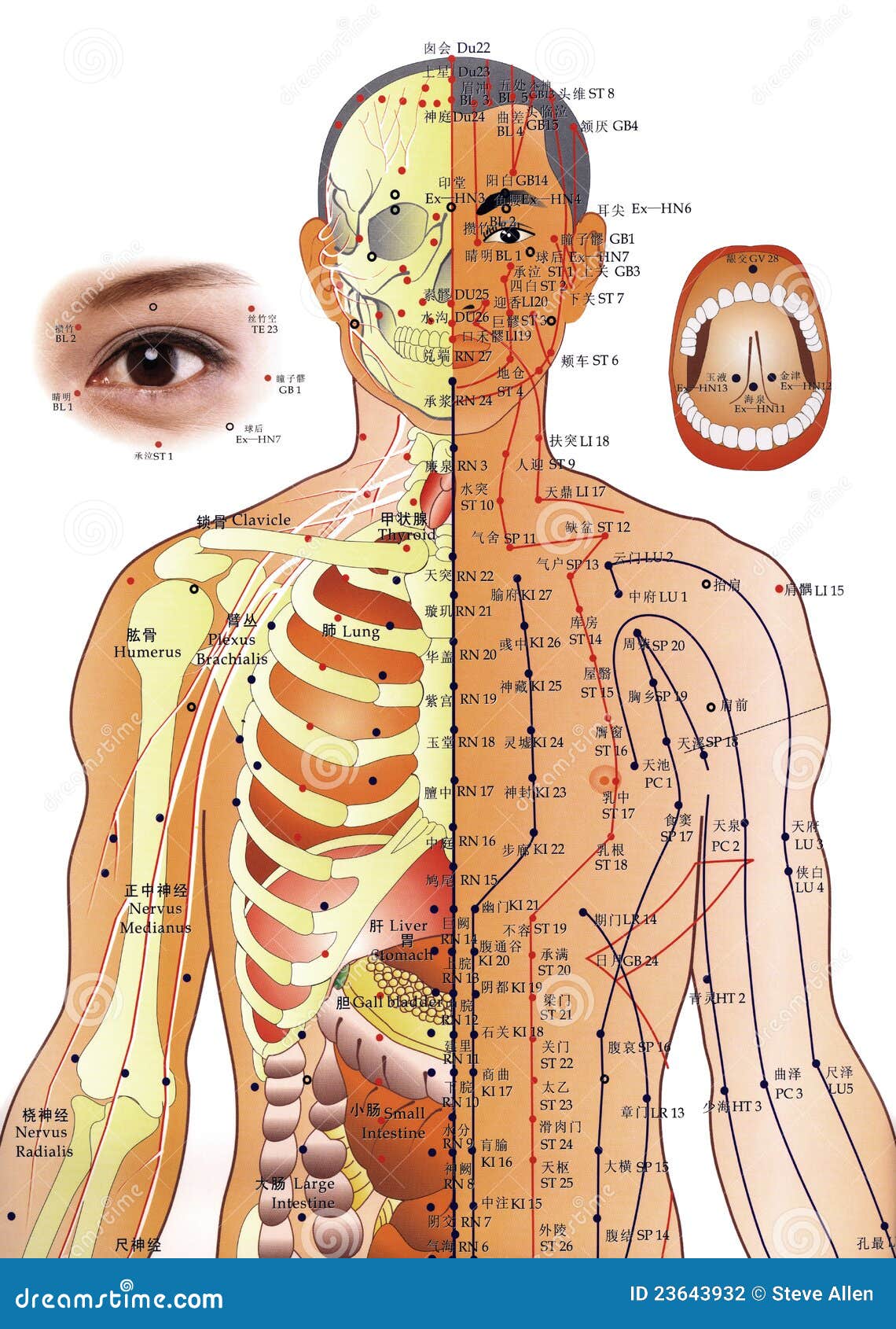
What Makes the Alternative Medicine from the East so Popular?
Chinese Medicine is over 3,000 years old.
In the ancient times, in China, interested people in the various tribes and cultures, through observation, noted the healing effects of various elements in nature on the human body. Somewhere around year 90BC this knowledge was then brought together to standardize and systematize the scattered and seemingly confusing information.
In Chinese medicine a medical problem is considered a symptom rather than a disease. The emphasis is on curing the cause and not the symptom of the disease. So no cause means no disease.
It is based on the Chi (the balance of circulating energy in the body), Yin-Yang (the complementary and opposite forces that make up the life force) and the Theory of Five Elements (wind, fire, earth, metal and water), which emphasize the relationship between the human body and its natural environment and its inter-dependence.
The conviction is that all the elements in nature are forever changing and influence the human body and their inter-dependence. And all these elements exist in cosmic balance dictated by the laws of nature.
The disease of the body cannot be treated alone; the mind has to be treated as well. A balance exists between the influences of the body and mind on each other. A sick body can make the mind sick and conversely a sick mind can make a body sick.
The knowledge and technique of traditional Chinese medicine was unknown until the early 17th century when missionaries came to China. They then brought to the Western world translations of the Chinese medicine test books on techniques and methods of natural healing. Interestingly Western medicine practice was first introduced into China soon after.

Not all ancient text, however, has been translated into Western languages so the practice of traditional Chinese medicine is limited to a few practitioners who can read ancient Chinese text. Something to keep in mind when deciding to consult a Chinese Medicine practitioner.
When you walk into the practitioner's room with stomachache, he will not just examine that one problem. He will attempt to determine the cause and thus the imbalance in the body that is causing the stomachache and be able to bring harmony back to the body.
Even before you have mentioned your problem, the practitioner would have completed part of his investigation by observing the posture, the color of the skin, the state of the eye, the body odor, etc.
The practitioner will then continue the inquiry by asking relevant questions and touching the pulse, etc. So he completes the four form of inquiry for the correct diagnosis of the problem,
1. Looking,
2. Listening & Smelling,
3. Asking and
4. Touching.
Traditional Chinese medicine these days is practiced all over the world and the herbs used in the healing do not only come from China, for example cinnamon from India, cloves from Vietnam and Ginseng which is grown locally in Wisconsin.
More information, please visit :
No comments:
Post a Comment